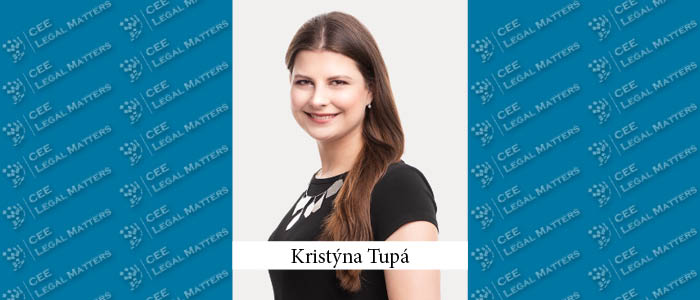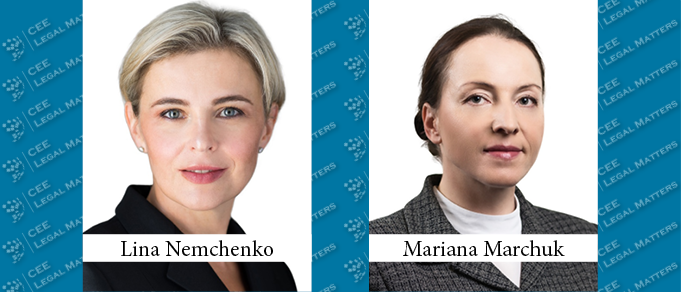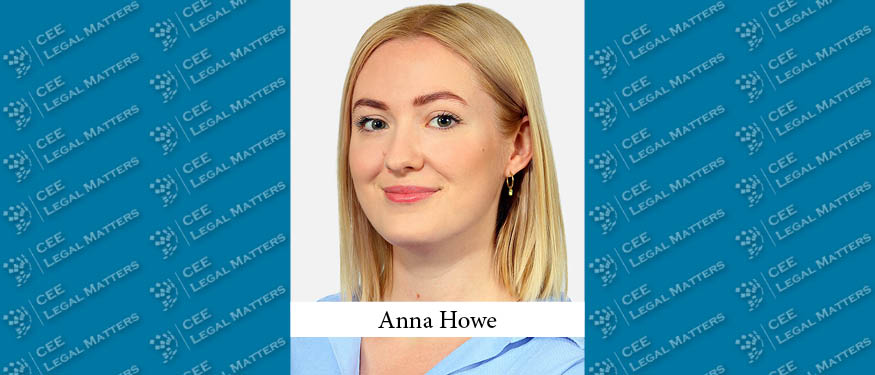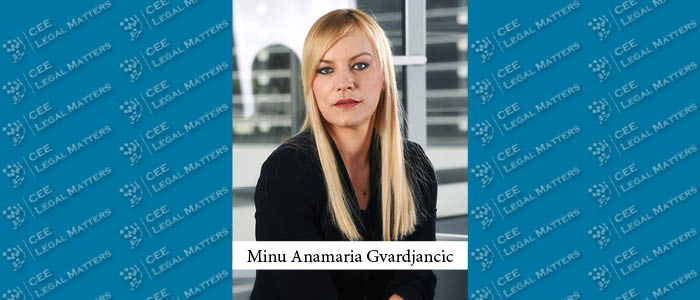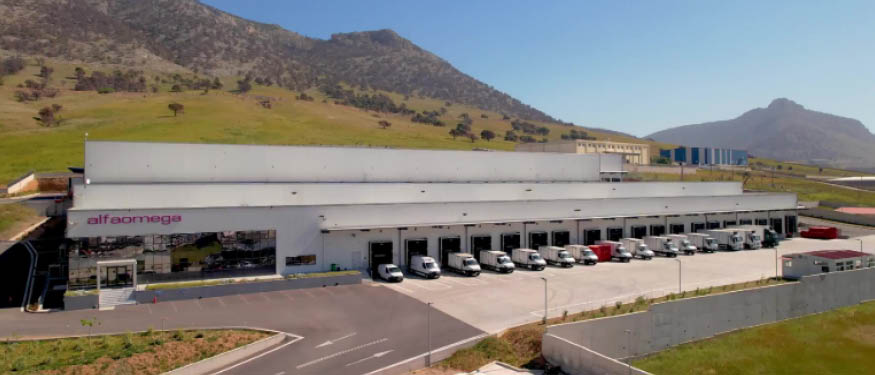The sustainable finance sector has seen a surge, with Sustainability-Linked Loans (SLLs) hitting EUR 212 billion in early 2024[1], driven by a global emphasis on environmental responsibility and incentivizing ESG-compliant practices. This trend underscores the role of SLLs in corporate finance and global sustainability efforts.
Introduction to SLLs
Sustainability-Linked Loans are emerging as a significant part of sustainable finance, allowing borrowers to tie their loan costs to environmental, social, and governance (ESG) achievements. Unlike green loans, SLLs don't dictate the use of funds but incentivize meeting sustainability targets. They're versatile, fitting various loan types like term loans and credit facilities.
SLLs: Developments and Practical Considerations
This article delves into the latest developments in SLLs, offering practical insights and focusing on the nuances between European Union (EU) and United States (US) styled facility agreements and their respective impacts on SLLs. The EU's approach is encapsulated in the Loan Market Association (LMA) standard documentation, a cornerstone in the EMEA loan market, while the US perspective is shaped by the Loan Syndications and Trading Association (LSTA) standard documentation, a mainstay in the US loan market.
European SLL Principles (LMA Standard)
The core attributes of SLLs include the selection of robust and challenging key performance indicators (KPIs), the establishment of sustainability performance targets (SPTs) that resonate with the borrower's sustainability strategy, the adjustment of loan margins based on the success or failure to meet SPTs, and the rigorous reporting and verification of sustainability performance.
The LMA, LSTA, and Asia Pacific LMA (APLMA) have developed voluntary Sustainability-Linked Loan Principles (SLLP) to promote market consistency.
In May 2023, the LMA introduced draft provisions for SLLs (LMA Draft Provisions), designed to serve as a foundational framework for SLL terms and to enhance market understanding of expectations. These provisions, intended for use with the LMA's senior multicurrency term and revolving facilities agreement, particularly in leveraged acquisition finance transactions, are also adaptable for other recommended facility agreements. These provisions, while adaptable, do not cover all negotiated elements and are subject to ongoing refinement as market practices evolve.
US SLL Principles (LSTA Standard)
In February 2023, the LSTA released its model credit agreement provisions for SLLs, reflecting the association's interpretation of the SLLP requirements for its members.
The LSTA's model differs in, among other things, margin adjustment calculations, definition of declassification events and sleeping SLLs, highlighting the market's diversity.
LMA vs. LSTA Key Differences
Below, we analyse the LMA’s and LSTA’s approaches to SLLs, highlighting three main areas of distinction: Margin Ratchet, Declassification Event, and Sleeping SLLs.
- Margin Ratchet
One of the most notable differences is the approach to margin adjustment.
The EU typically employs a symmetrical margin adjustment, where the margin can either increase or decrease based on the borrower's performance against SPTs, applied uniformly across the facility or tranche. Determining the number of SPTs required to trigger a margin adjustment is essential. The extent of this reduction can differ. The LMA Draft Provisions acknowledge that alternative margin adjustment methods may be more suitable in some cases, such as those that prioritize certain SPTs over others.
In contrast, the LTSA approach utilizes multiple KPIs, each with annual targets and thresholds. Performance outcomes dictate financial adjustments: meeting targets results in reductions, while failing to meet thresholds leads to increases. No change occurs when performance is between these benchmarks. The overall margin discount or premium is then calculated by aggregating the adjustments across the KPIs.
- Declassification Event
The treatment of declassification events, which allow for the removal of the "sustainability-linked" designation from a facility, varies across the EU and US.
The LMA Draft Provisions specify declassification events as instances where parties fail to agree on sustainability amendments within a set timeframe after a Sustainability Amendment Event. The provisions also allow for the potential addition of further declassification triggers, advising to tailor these to the transaction's unique KPIs, circumstances, and current market practices. Upon a Declassification Event, margin adjustments are nullified, but declassification is not automatic; it requires lender instruction.
In contrast, the US model doesn't clearly define declassification events but proposes a scenario where, if KPIs or targets can't be renegotiated, a temporary margin premium is imposed, leading to an automatic declassification if no agreement is reached within a certain period of time.
- Sleeping SLLs
"Sleeping SLLs" refer to loans that are equipped with a margin adjustment mechanism and reporting requirements of SLLs, yet they lack defined KPIs and SPTs at the outset, with the intention of determining these at a future time.
Their rise has sparked debate in the lending community due to concerns of greenwashing and its potential to undermine the sustainable finance sector's credibility. Critics believe that without immediate KPIs and SPTs, these loans may seem less committed to sustainability.
However, Sleeping SLLs have proven useful for companies transitioning towards sustainability, allowing them to adopt specific targets over time. Some borrowers have effectively incorporated these loans into their financing strategies before committing to defined sustainability goals.
LMA has not yet incorporated explicit provisions for Sleeping SLLs within its draft documentation. This absence of guidance leaves a gap in standardization and could lead to varied interpretations and implementations across the market.
In contrast, the LSTA's Drafting Guidance includes proposed language that specifically caters to Sleeping SLLs. This language facilitates the later establishment of KPIs and SPTs through an amendment process. Notably, this process is streamlined, requiring approval from only the Required Lenders—a subset of the lending syndicate—rather than unanimous consent from all participating lenders. The LSTA's drafting notes further elucidate that the inclusion of Sleeping SLL provisions should be considered under certain limited circumstances and suggest that this flexibility should be confined to a brief post-closing period, ideally not extending beyond 12 months. This time-limited approach aims to ensure that the transition to defined sustainability criteria is prompt and that the integrity of the loan's sustainability objectives is maintained.
Market Dynamics and Facility Agreement Evolution
The landscape of Sustainability-Linked Loans (SLLs) has been undergoing a significant transformation, particularly in the year 2023. The dynamics of this market segment are characterized by a delicate balance between the financial incentives offered by SLLs and the potential reputational risks and administrative burdens they carry. This balance has resulted in a somewhat moderated level of SLL transactions. Financial institutions are responding to this environment by introducing more stringent criteria within facility agreements, thereby granting themselves a more intricate set of rights in the event that borrowers fail to achieve predefined sustainability targets.
In an effort to fortify their positions, banks are, among other things, actively seeking to expand the scope of what constitutes a "Sustainable Amendment Event." This expansion is not limited to predefined occurrences but is evolving to encompass any event that has a material adverse effect on borrower's sustainability performance. This broadening of definitions is indicative of the banks' intent to maintain a tight grip on the sustainability aspect of the facilities agreements.
Moreover, banks are increasingly adamant about their authority to revoke the SLL designation in additional instances by broadening the definition of "Declassification Events". Terms such as "adverse impact" are being employed to describe the negative effects a company or its products may have on environmental sustainability, social principles, or governance standards. The use of such language is a testament to the evolving nature of the market and the heightened scrutiny being placed on borrowers' sustainability practices.
Lenders and lawyers are also considering clauses to trigger a default, which requires immediate repayment, if a borrower is deemed to have reneged on sustainability commitments.
Conclusion
The evolution of SLL clauses in the US and EU reflects the market's response to heightened sustainability expectations. Legal frameworks are becoming more complex, and harmonization is key for global sustainable finance. Borrowers and lenders must stay informed and seek expert feedback on SLL terms. The LMA and LSTA are expected to update their standards in response to stricter regulations, ensuring the financial sector supports sustainability goals.
[1] https://www.bbvacib.com/green-and-sustainability-linked-loan-newsletter/
By Kristyna Tupa, Attorney at Law, Schoenherr

